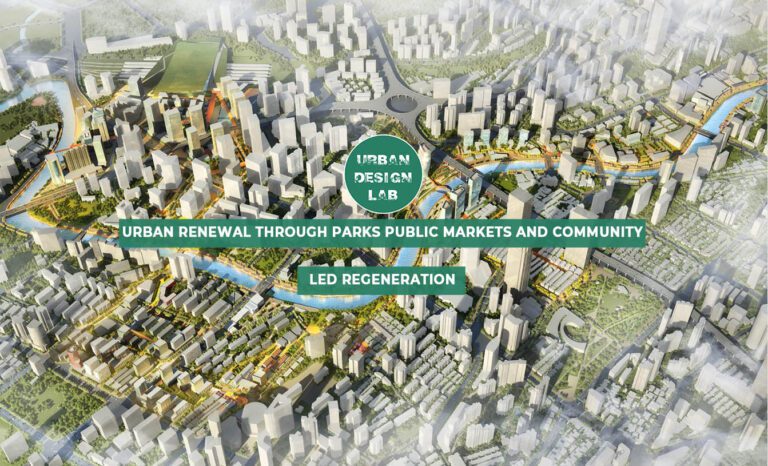
Book Review: Architecture for the Poor by Hassan Fathy

“Architecture for the Poor” by Hassan Fathy is a groundbreaking manifesto that advocates for an architecture rooted in social responsibility, sustainability, and cultural preservation. Published in 1973, the book critiques modernist architectural practices and promotes the use of traditional building techniques and local materials, such as adobe, to create affordable and environmentally friendly housing. Fathy emphasizes the importance of community involvement in the design and construction process, fostering a sense of ownership and pride among local residents. His work in New Gourna exemplifies these principles, blending cultural heritage with practical solutions for climate-responsive design. The book has significantly impacted global architecture, challenging Western-centric paradigms and advocating for designs that respect and celebrate indigenous cultures. Despite its technical writing style and regional focus, Fathy’s vision continues to inspire architects and planners committed to inclusive and sustainable urban development.
Introduction to Hassan Fathy's Visionary Approach in "Architecture for the Poor"
“Architecture for the Poor” by Hassan Fathy is more than just a book on architecture; it is a manifesto for a revolutionary approach to building that combines sustainability, cultural heritage, and social responsibility. Published in 1973, this seminal work details Fathy’s pioneering efforts in addressing the housing needs of the poor through innovative and culturally sensitive design.
Hassan Fathy’s spirit and dreams were deeply rooted in a vision of architecture that was humane, sustainable, and socially equitable, this vividly reflected his work in New Gourna and other projects exemplified his belief that architecture should serve humanity and be an agent of social change. Fathy’s deep love for the Egyptian countryside and his profound respect for laborers and farmers are central themes in his seminal work, “Architecture for the Poor.” Fathy’s affection for the countryside is evident in his appreciation of its natural beauty, cultural richness, and traditional ways of life.
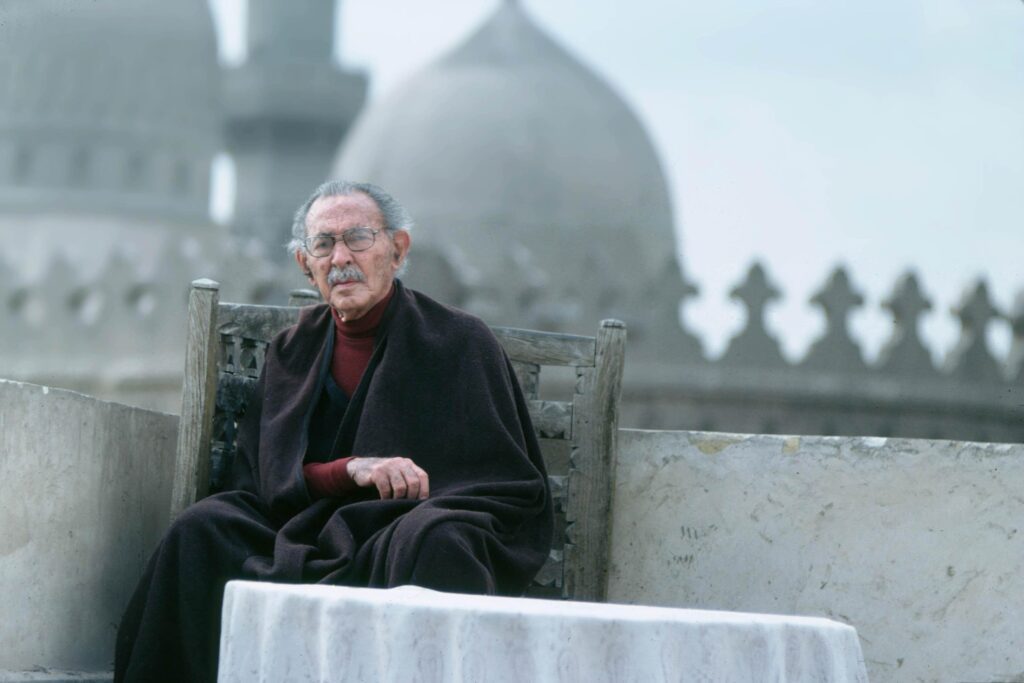
Context and Framework of "Architecture for the Poor"
In ‘Architecture for the Poor’ (1973), Hassan Fathy asks, ‘Why not use this heaven-sent material for our country houses? And why not, indeed, make the peasants’ own houses better? Why should there be any difference between a peasant’s house and a landowner’s?”.
Those raised questions clarify the context of the book which revolves around his pioneering efforts to address housing challenges in Egypt through sustainable and culturally sensitive architecture focusing on:
- Social Context: Fathy critiques the prevailing architectural practices that often neglect the needs of the poor and marginalized communities. He argues for an architecture that is accessible, affordable, and respectful of local cultural traditions.
- Environmental Context: Emphasizing sustainability, Fathy promotes the use of local materials and traditional building techniques like mud brick. He advocates for designs that harmonize with the natural environment and reduce ecological impact.
- Historical and Cultural Framework: Drawing from Egypt’s rich architectural heritage, Fathy integrates elements of vernacular architecture into his designs. He believes in preserving and celebrating cultural identity through architecture.
- Community Engagement: Central to Fathy’s framework is the involvement of local communities in the construction process. He trains and empowers local craftsmen and laborers, fostering a sense of ownership and pride.
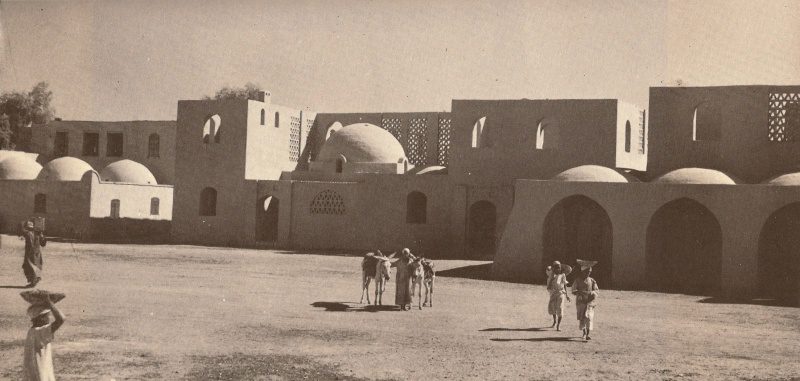
Source: Website Link
Key Themes in New Gourna: Application of Culture and Sustainability
In New Gourna, Hassan Fathy applied his concepts of culture and sustainability through:
- Social Responsibility of Architecture: Fathy critiques modernist architecture for prioritizing aesthetics and technological innovation over the needs of poor communities. He asserts that architecture should primarily address cultural, economic, and environmental contexts, serving people first.
- Traditional and Vernacular Architecture: Fathy revives traditional building techniques by using mud brick (adobe) and other local materials. These choices are cost-effective, sustainable, and suitable for the local climate.
- Participatory Design Process: Emphasizing community involvement, Fathy integrates local knowledge and traditions into the design and construction processes. This participatory approach ensures that housing meets residents’ needs and preserves traditional skills.
- Environmental Sustainability: Fathy promotes the use of natural materials and passive cooling techniques to reduce environmental impact. This aligns with his vision of sustainable development and ecological balance.
- Cultural Preservation: He argues that architecture should reflect and preserve local cultural identities. Fathy criticizes Western architectural impositions, advocating for designs that respect and celebrate indigenous cultures.
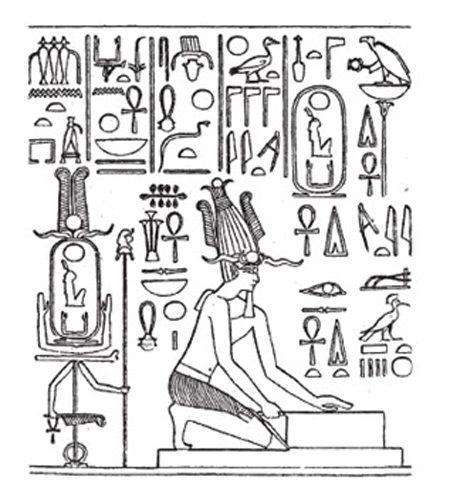
Affordable and Sustainable Architecture: Local Materials and Labor
What the poor have to put into the partnership is essentially their labor. In much of the world, they also have the possibility of acquiring, at essentially no cost, only one possible building material, the earth beneath their feet. With these two things, labor and earth, they can do a great deal.
WILLIAM R. POLK
In “Architecture for the Poor,” Hassan Fathy discusses the concept of using cheap and sustainable materials and local labor as central to his approach in creating affordable and sustainable architecture. Here’s how he addresses these aspects:
At New Gourna, he implemented environmentally friendly strategies such as using locally sourced materials like adobe, which minimized the carbon footprint associated with construction. Adobe provided natural insulation against the desert heat, reducing the need for energy-intensive cooling systems. Fathy also designed the layout and orientation of buildings to optimize natural ventilation and daylighting, further enhancing energy efficiency and comfort without relying on modern technologies.
Fathy emphasizes the importance of involving local communities in the design and construction of their own housing. He advocates for participatory planning processes that empower residents and integrate their traditional knowledge with modern architectural principles.
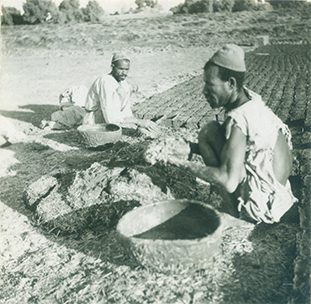
impact, legacy and influence on global Architect
Hassan Fathy’s “Architecture for the Poor” has left a lasting impact on global architecture by advocating for sustainable practices and the revival of vernacular architecture. Fathy emphasized using locally sourced materials like mud brick (adobe) and involving communities in the design process, promoting cost-effective and culturally resonant solutions. His critique of Western-centric modernism challenged prevailing architectural paradigms, emphasizing social equity and environmental sustainability over aesthetic trends.
Practically, Fathy’s principles have been applied worldwide in projects aiming for affordable housing and climate-responsive design. Architects integrate passive cooling techniques and natural ventilation to enhance building performance while reducing energy consumption. His approach also informs efforts in heritage preservation, blending traditional building techniques with modern interventions to adapt historic structures for contemporary use.
Educationally, Fathy’s ideas are integral to architectural curriculum and professional practice, fostering a generation of architects committed to socially responsible and environmentally conscious design. His legacy continues to inspire architects and urban planners seeking inclusive, resilient, and culturally sensitive built environments globally.
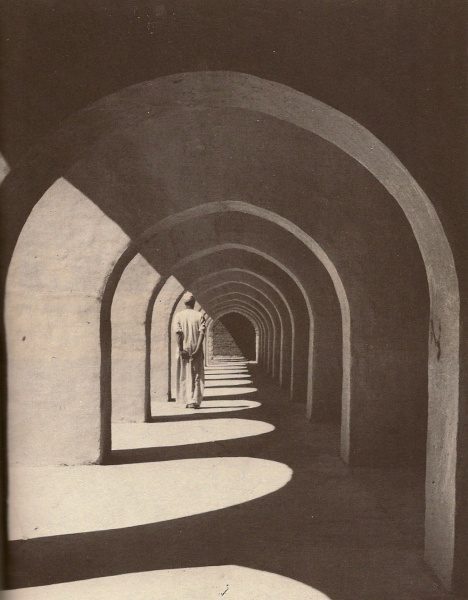
Navigating Universality and Specificity: Critiquing Hassan Fathy's 'Architecture for the Poor'
While Hassan Fathy’s ‘Architecture for the Poor’ stands out for its advocacy of sustainable and culturally sensitive architecture, its applicability may be limited in rapidly urbanizing areas or regions with different climatic conditions and building codes.
Moreover, he emphasizes using local materials and engaging communities in design, offering practical, affordable solutions that respect cultural identities and promote environmental sustainability.
Notably, Fathy’s promotion of passive cooling and thermal mass remains influential, exemplified in projects like New Gourna that blend tradition with modern needs. Yet, the book’s dense and technical writing style, focused primarily on Egyptian examples, may alienate readers unfamiliar with architectural theory and restrict its broader adoption globally.
In architectural discourse, “Architecture for the Poor” sparked crucial debates on ethics, sustainability, and the role of tradition in design. It challenged Western architectural paradigms, advocating for a more inclusive and socially responsible approach. Despite its significant influence on ethical and sustainable design principles, the book’s regional focus and dense presentation may limit its impact outside specific contexts.
“Architecture for the Poor” is not merely a theoretical treatise but a manifesto for change in architectural practice. Hassan Fathy’s advocacy for sustainable, culturally sensitive, and participatory architecture continues to inspire architects, planners, and policymakers striving for inclusive and environmentally responsible urban development. His work remains a beacon for those seeking to reconcile architectural innovation with social equity and environmental stewardship.
- Fathy, H. (1973). Architecture for the Poor: An Experiment in Rural Egypt. University of Chicago Press.
- Dabaieh, M. (2011). “The Architecture of the Poor Revisited: A Study on the Future of Vernacular Earth Architecture in Egypt.” Vernacular Architecture Newsletter, (35), 15-22.
- Steele, J. (1997). Hassan Fathy. Academy Editions.
- Davis, H. (2006). “Sustainable Architecture in Practice: Lessons from the Work of Hassan Fathy.” Journal of Architectural Conservation, 12(1), 55-69.
- El-Shorbagy, A. M. (2010). “Traditional Arab-Islamic Urbanism: Revival of Lost Paradigm or Search for New Concepts?” International Journal of Architectural Research, 4(2-3), 41-54.
- Holod, R., & Khan, H. U. (1997). The Architecture and Urbanism of the Muslims of the World: A Photographic Survey. Dar al-Saqi.
- Mileto, C., Vegas, F., & Cristini, V. (2015). “Revitalizing Earthen Architecture: Hassan Fathy’s Legacy and the New Gourna Village Project.” Architectural Conservation Quarterly, 18(3), 18-29.
- Abdelkader, M. S. (2014). “Hassan Fathy: His Works and Concepts.” Housing and Building National Research Center Journal, 10(2), 251-258. https://doi.org/10.1016/j.hbrcj.2014.01.004
- Sibley, M. (2006). “Eco-villages and Urban Planning: The Lessons from Hassan Fathy’s New Gourna Village.” International Journal of Environmental Studies, 63(6), 641-649.
- Shaath, S. (2011). “Hassan Fathy: A Pioneer of Sustainable Architecture.” International Journal of Architectural Heritage, 5(5), 511-524.
Sohila Ehab Gad
An enthusiastic second-year architecture student with a keen interest in integrating urban design with the preservation of cultural and historical heritage.
Related articles
UDL Illustrator
Masterclass
Visualising Urban and Architecture Diagrams
Session Dates
17th-18th January 2026

Urban Design Lab
Be the part of our Network
Stay updated on workshops, design tools, and calls for collaboration
Curating the best graduate thesis project globally!

Free E-Book
From thesis to Portfolio
A Guide to Convert Academic Work into a Professional Portfolio”
Recent Posts
- Article Posted:
- Article Posted:
- Article Posted:
- Article Posted:
- Article Posted:
- Article Posted:
- Article Posted:
- Article Posted:
- Article Posted:
- Article Posted:
- Article Posted:
- Article Posted:
- Article Posted:
Sign up for our Newsletter
“Let’s explore the new avenues of Urban environment together “


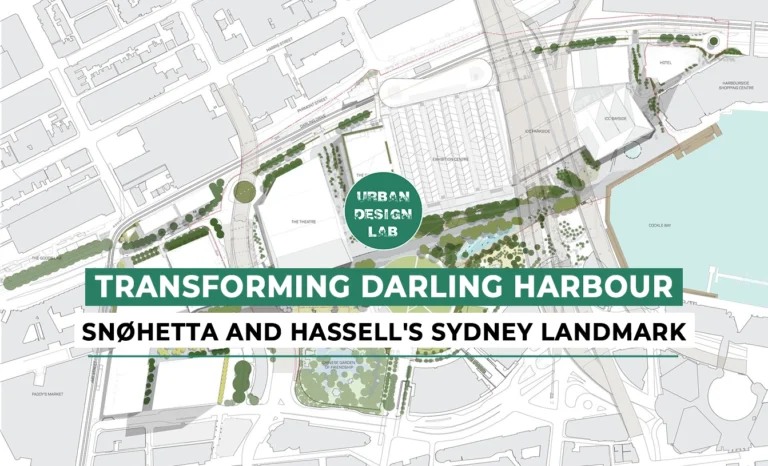
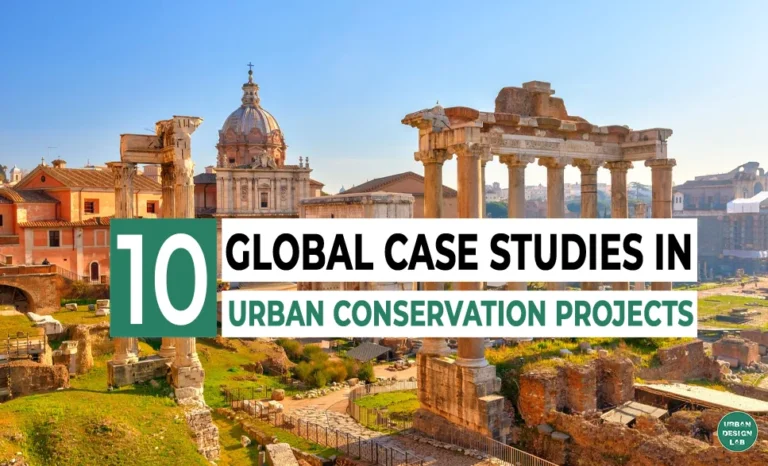

























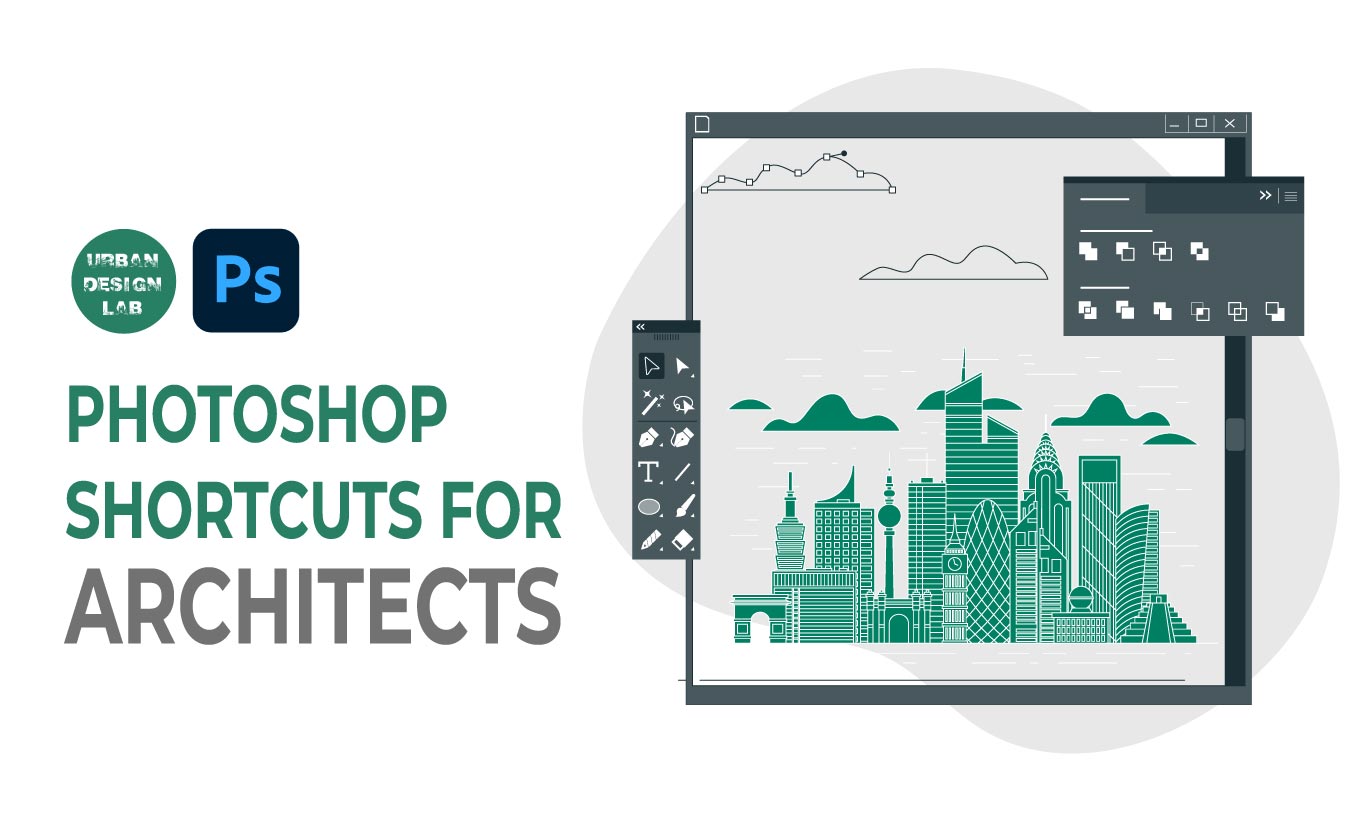
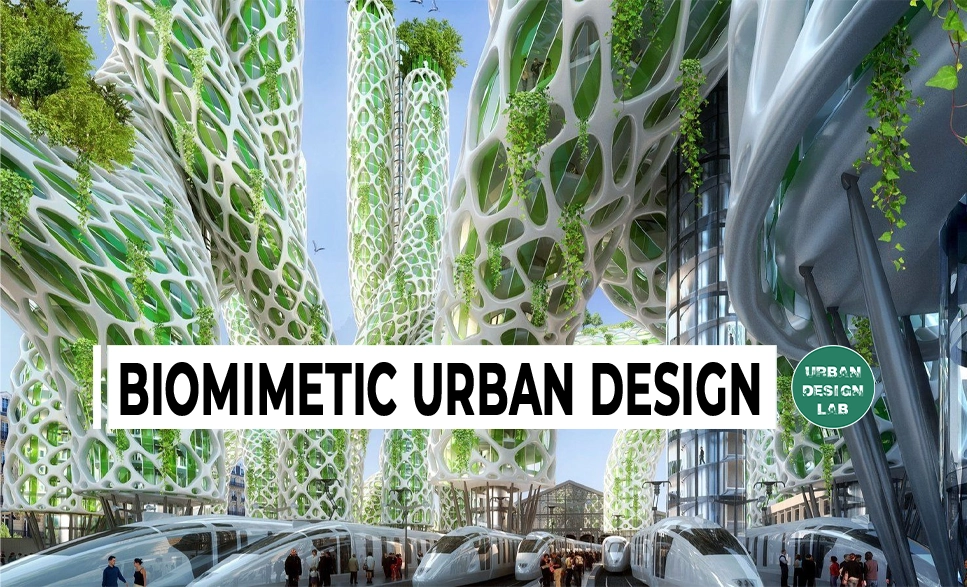
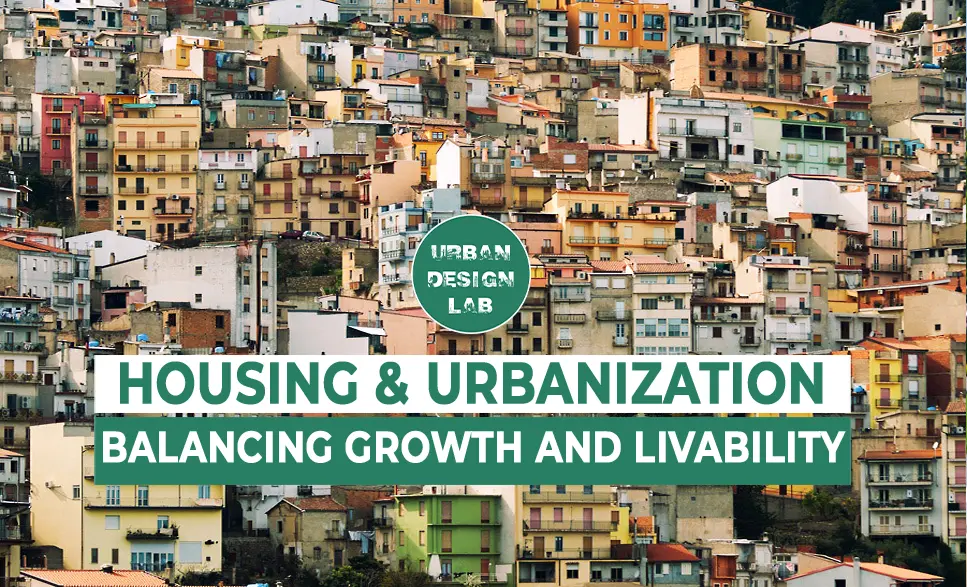
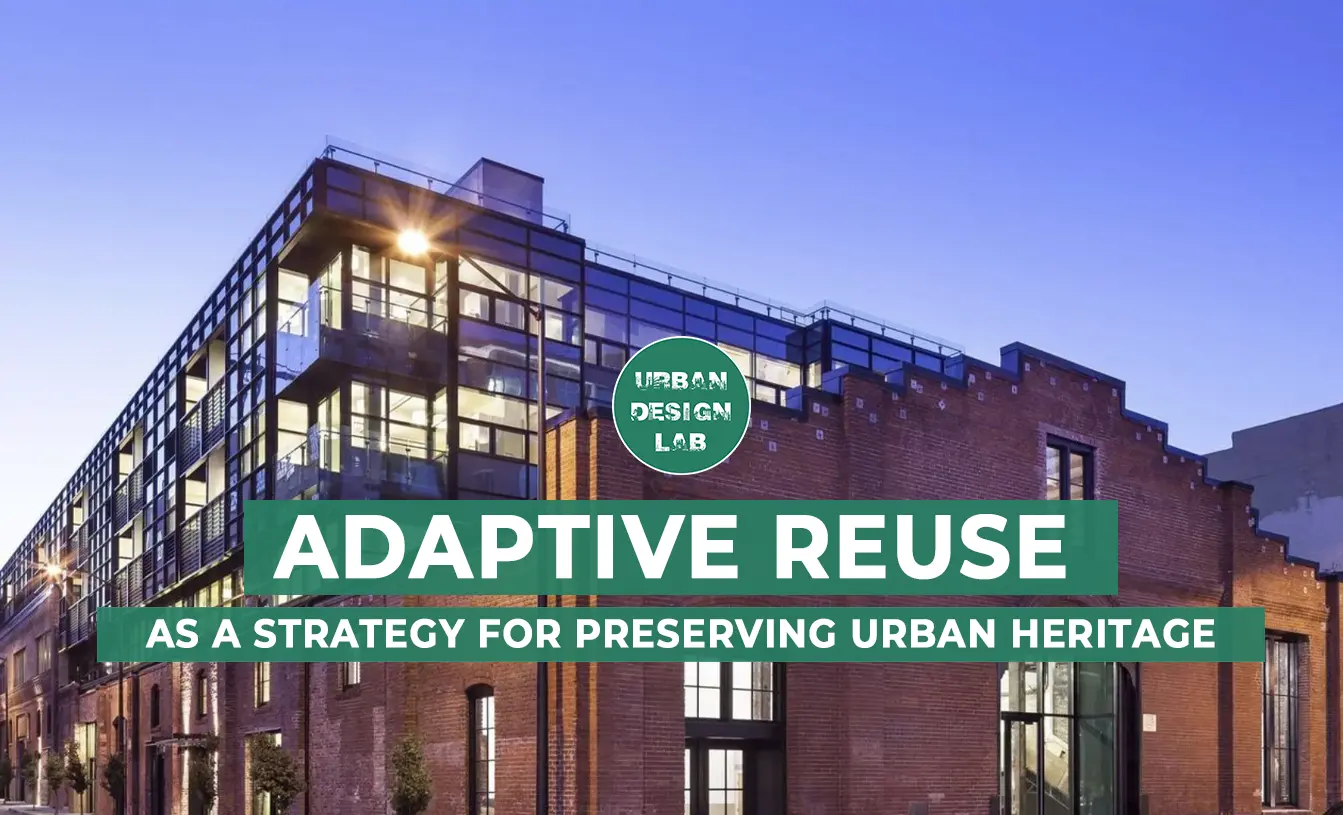
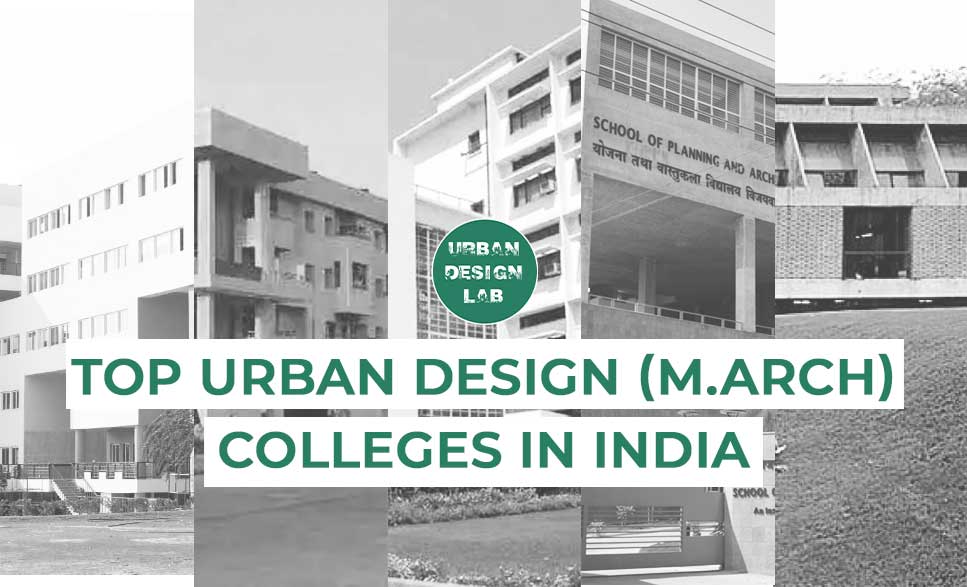
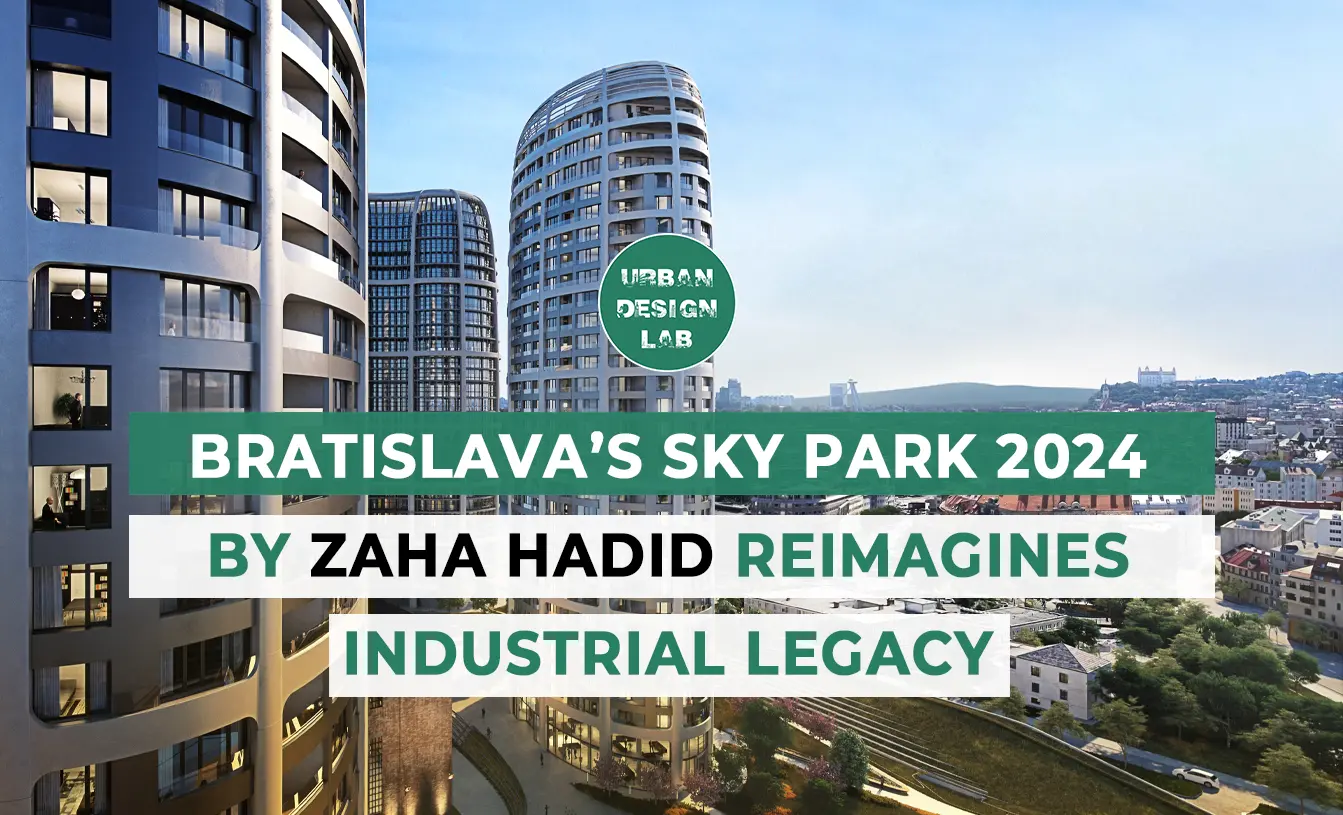
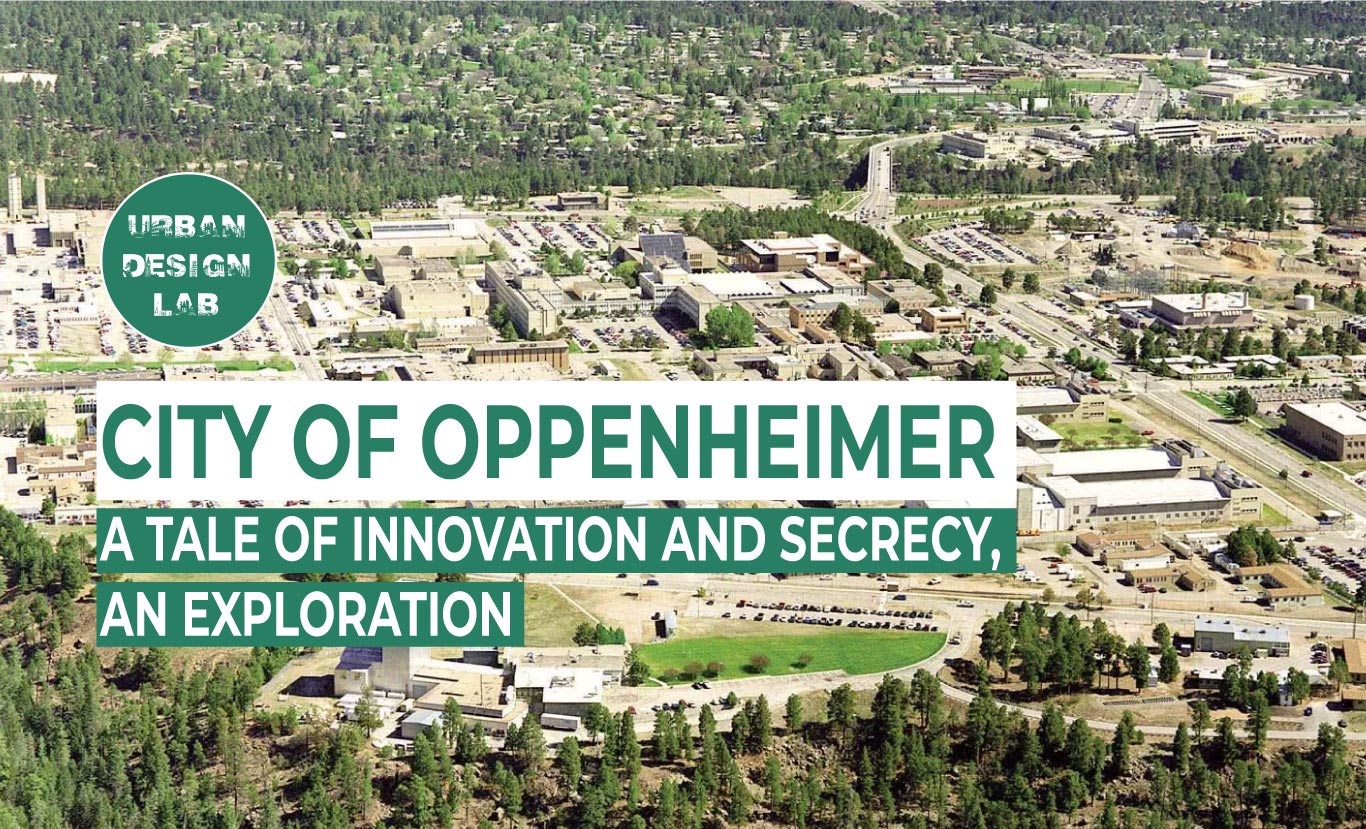
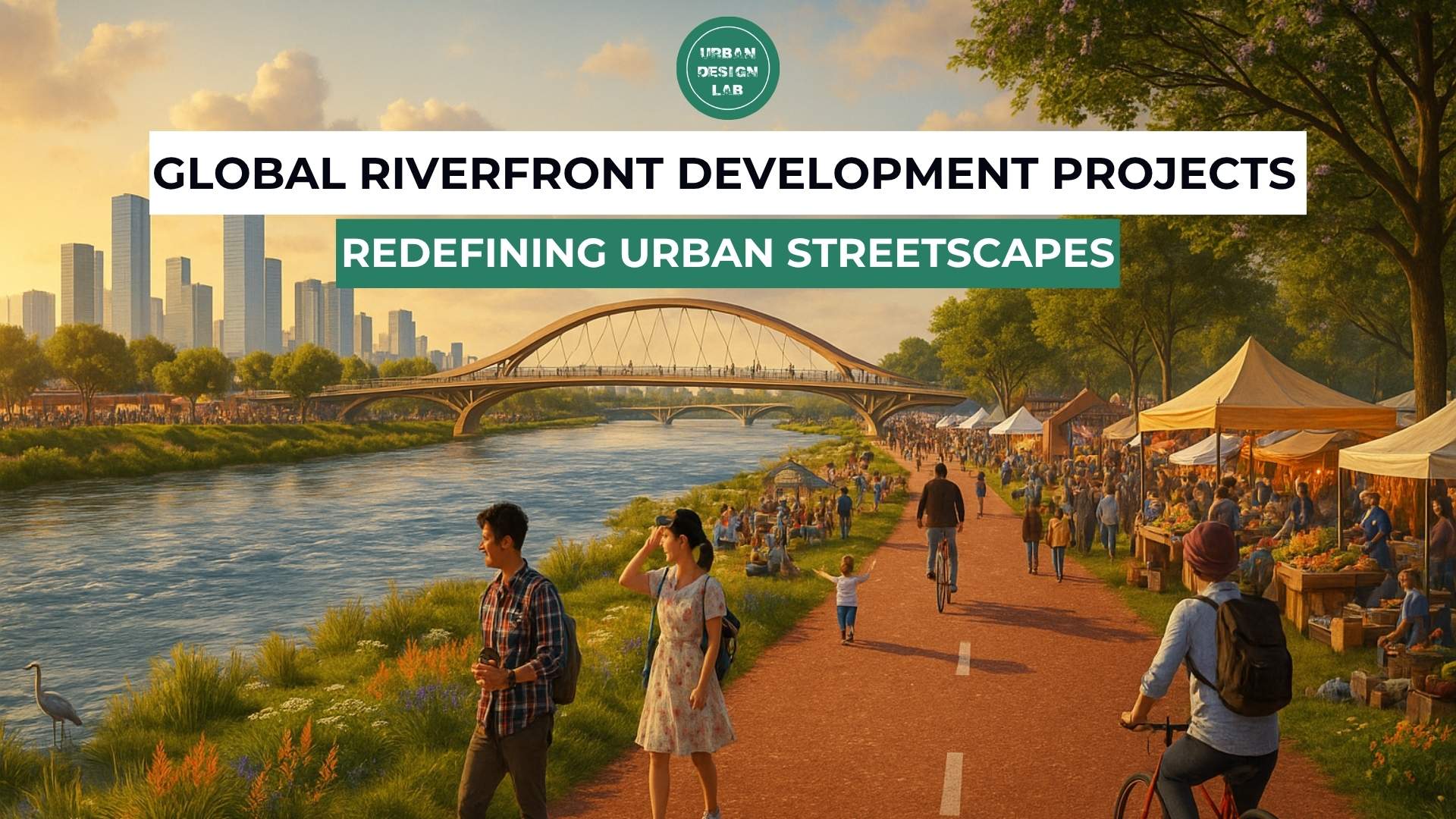
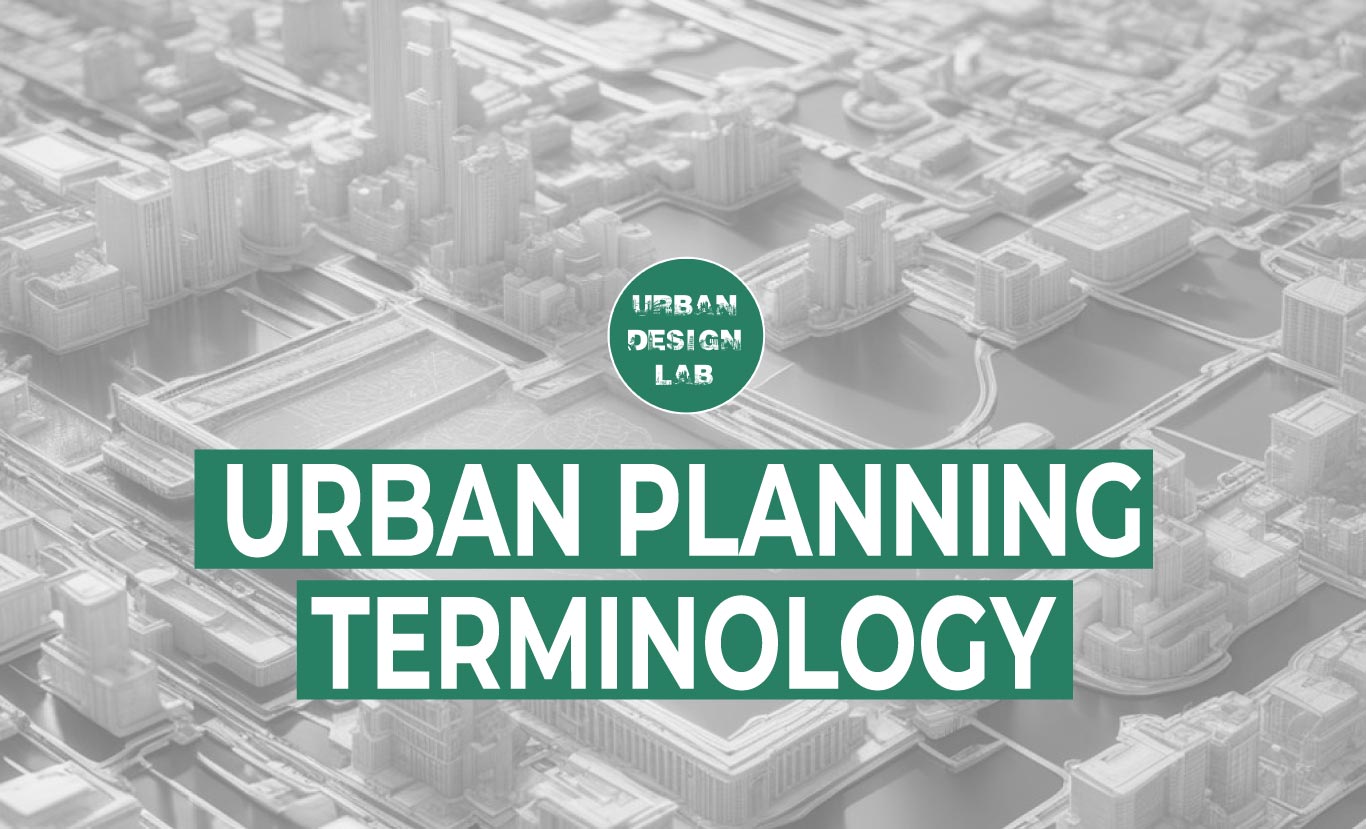
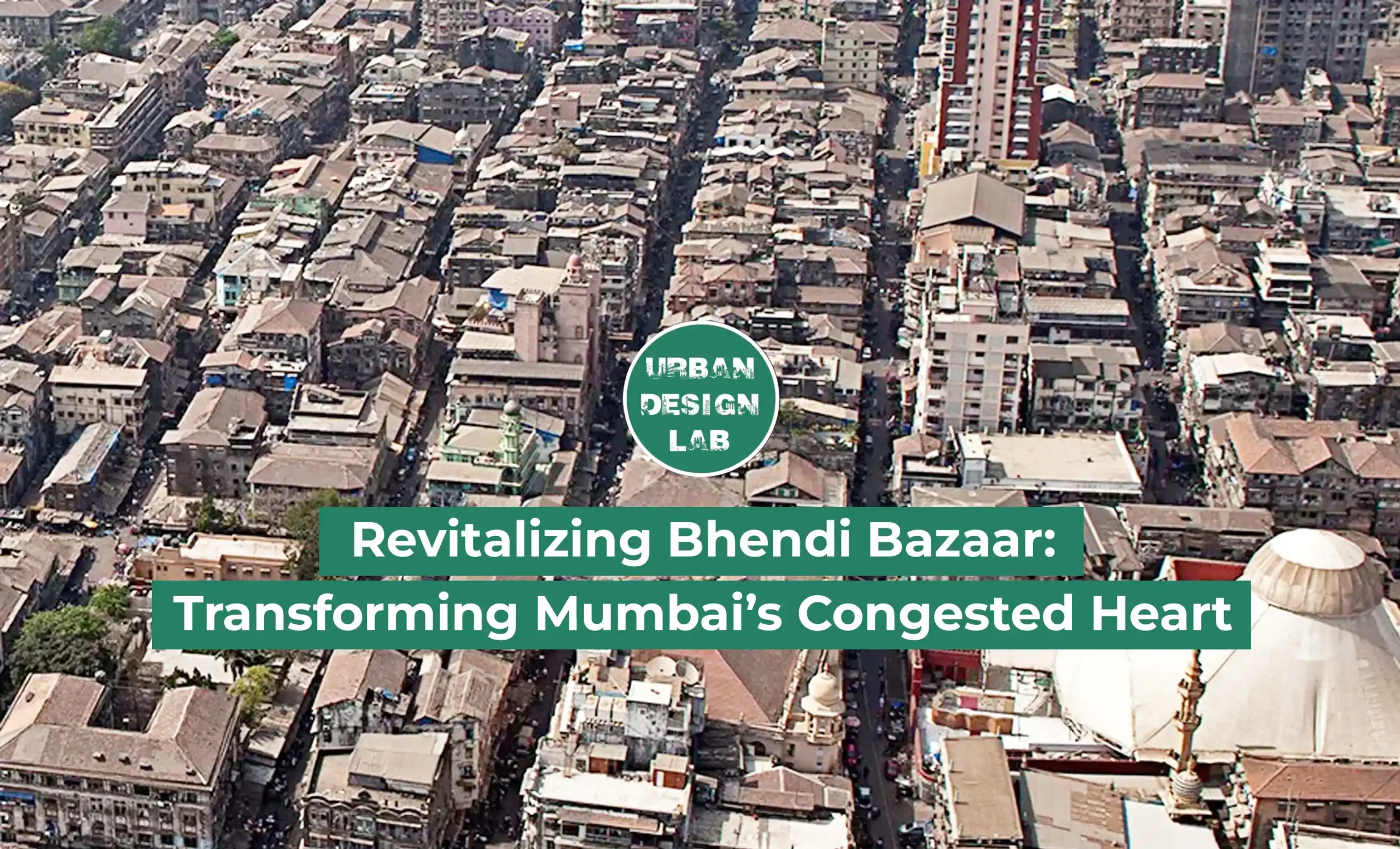

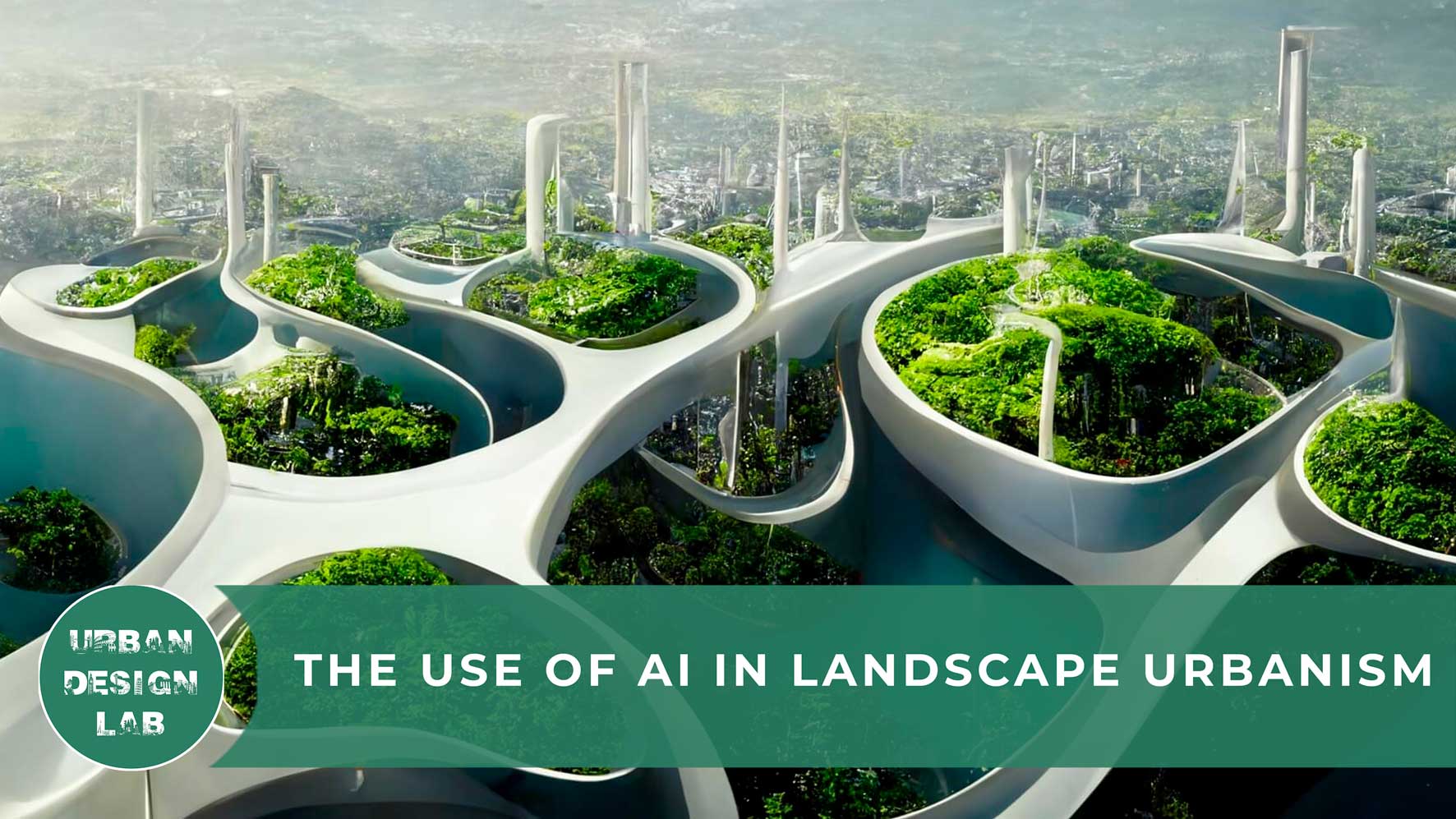
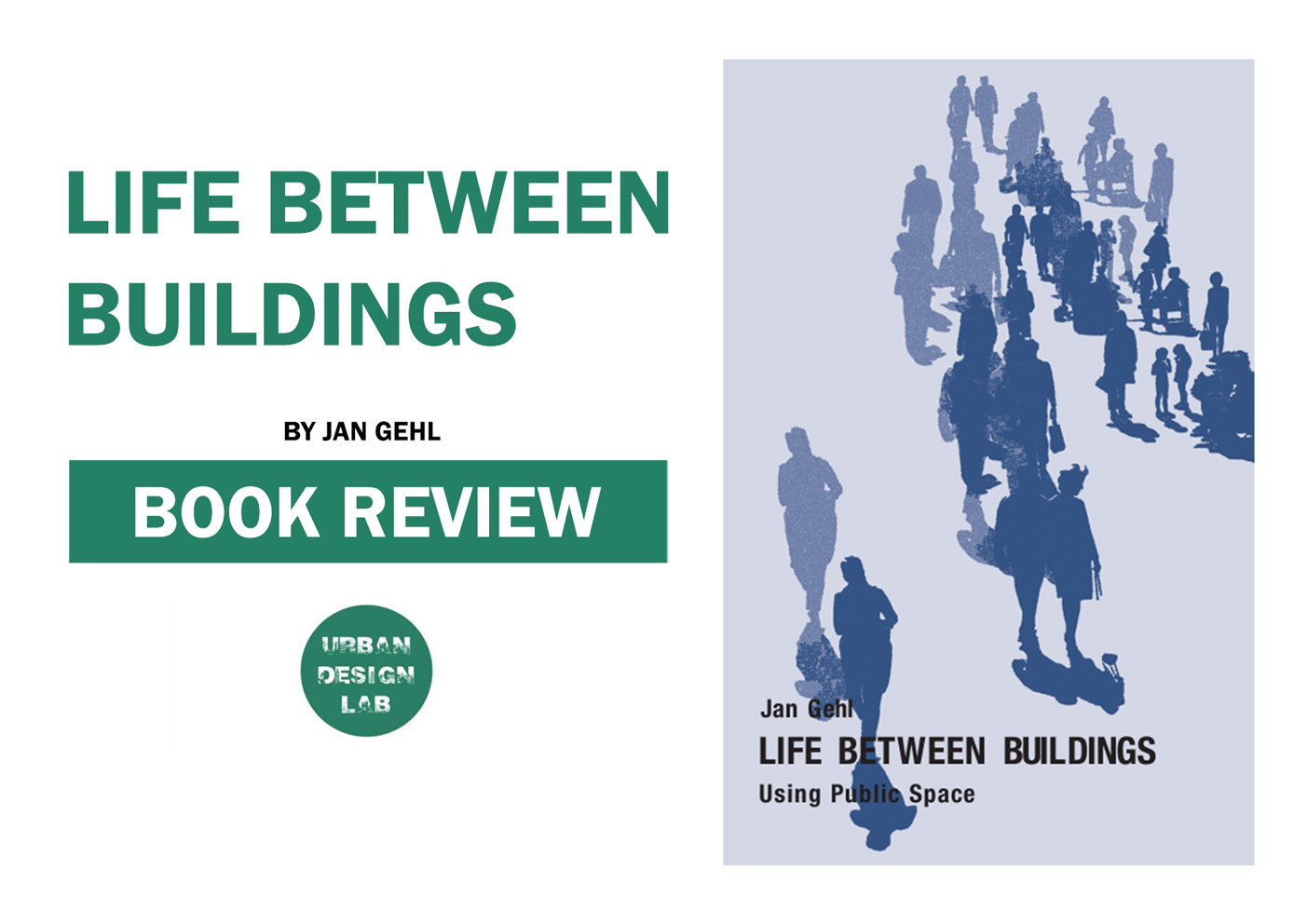
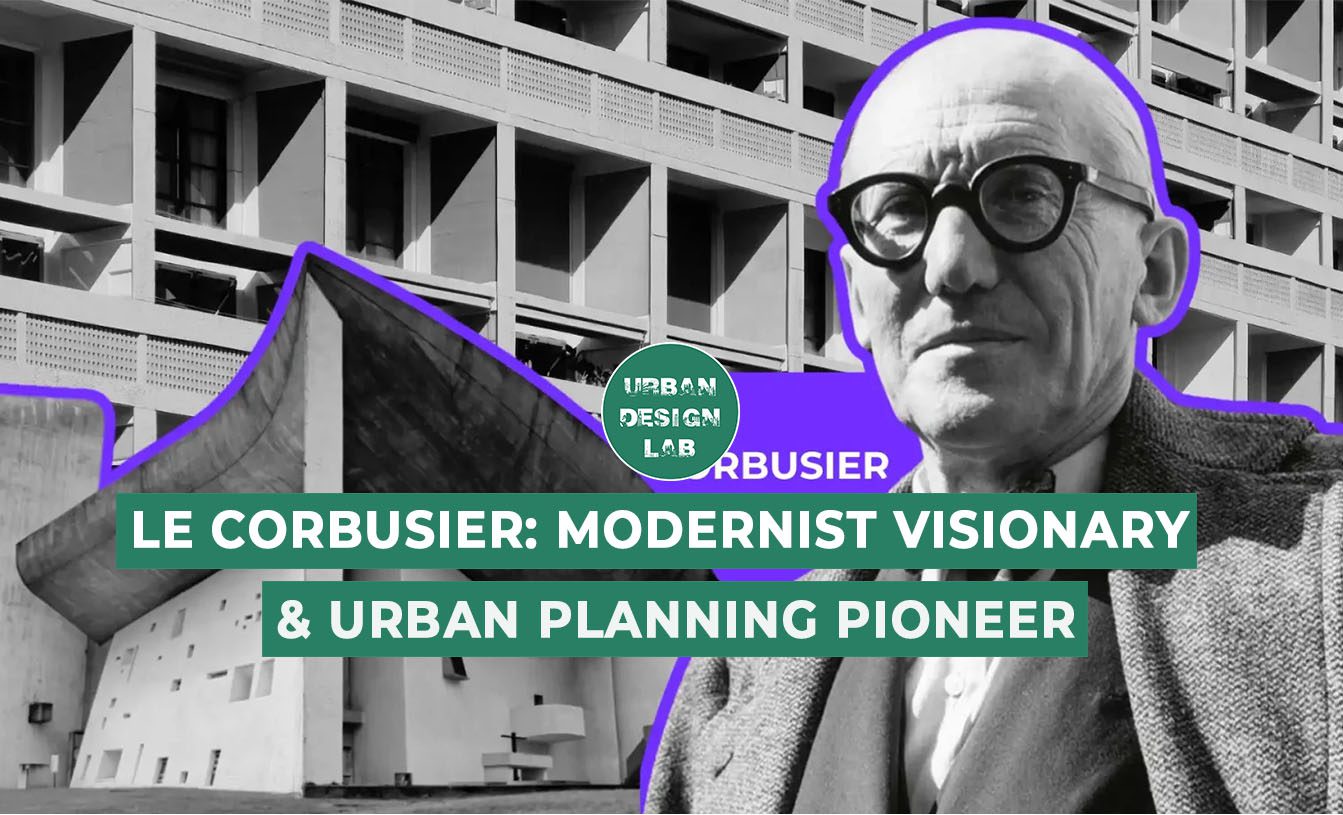


One Comment
Such an incredible article, waiting for the next one ❤️👏🏻👏🏻